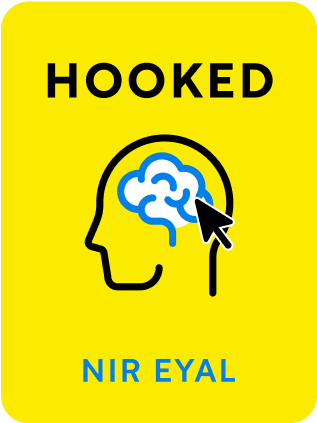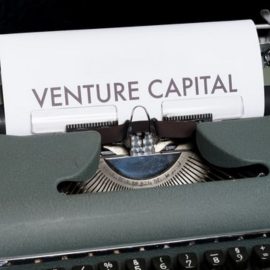

This article is an excerpt from the Shortform summary of "Hooked" by Nir Eyal and Ryan Hoover. Shortform has the world's best summaries of books you should be reading.
Like this article? Sign up for a free trial here .
What is the Hooked model? How does the Hooked model explain consumer habits?
The Hooked model is a model of habit formation that is a 4-step loop. The four steps are trigger, action, reward, and investment.
Read more about the Hooked model.
What Is the Hooked Model?
Modern technology has us addicted to its use. Cognitive psychologists define habits as “automatic behaviors triggered by situational cues,” and app/tech product usage clearly qualifies in many cases.
Companies that are better at building usage habits are at a clear economic advantage. When hooked, users return to a product without expensive marketing – they return on their own volition, spurred by internal triggers rather than external prompting. People who feel lonely automatically open Facebook. Employees who want to procrastinate automatically open their email. Better access, data, and speed are making things more addictive.
The Hooked model of habit formation consists of 4 steps that form a sequence in a loop:
- A trigger prompts the behavior.
- Triggers can be external or internal. External triggers come from outside a person’s thinking (e.g. phone notifications or seeing an advertisement). Internal triggers are internal drives (e.g. relieving boredom or loneliness).
- For products, behaviors often begin with external triggers. Then, as the habit forms, the behavior becomes associated with internal triggers.
- The trigger prompts an action, which is a behavior done in anticipation of a reward.
- An action is more likely when there is motivation to do it, and when it is easier to do.
- The action delivers a variable reward.
- Predictable rewards don’t cause cravings. You don’t crave turning on your faucet since you know what happens every time.
- In contrast, variable rewards prompt more intense dopamine hits and push the user to desire the next hit.
- In completing the action, the user invests in the product, improving her future experience and increasing the likelihood of completing another loop in the future.
- Investments include inviting friends, storing data, building a reputation, and learning to use features.
One step of the loop essentially forms one user session. The user returns when prompted by a trigger (external or internal). Over time, the user associates her problem with the solution, and whenever the problem appears, she will automatically seek the solution out of habit.
Trigger
The Hooked model that starts a habit always begins with a trigger. Habits form like pearls in oysters. It starts as a tiny irritant, like a piece of sand, triggering continuous layering of coats to produce a pearl (a fully-formed habit).
Action
To initiate action in a habit, doing must be easier than thinking. An action has three requirements:
- Sufficient motivation
- Sufficient ability
- A trigger to activate the behavior
Reward
To build a habit, your product must actually solve the user’s problem so that the user depends on your product as a reliable solution. The benefit the user receives is the reward.
When a habit is established, the user comes to crave the solution before actually receiving the reward. In the brain, the nucleus accumbens is responsible for dopamine signaling to reward behavior and set habits. Brain imaging studies have found that signaling was activating not when actually receiving the reward, but rather in anticipation of it.
Investment
Investment is the last step of the Hooked model: allowing the user to invest in the product to improve future experiences. The more effort we put into something, the more we value it, and the more likely we are to return.

———End of Preview———
Like what you just read? Read the rest of the world's best summary of Nir Eyal and Ryan Hoover's "Hooked" at Shortform .
Here's what you'll find in our full Hooked summary :
- The 4 key steps that addictive tech products use to ensnare you
- Why user rewards need to be random and variable to have the strongest effect
- How to build irresistible apps yoruself






